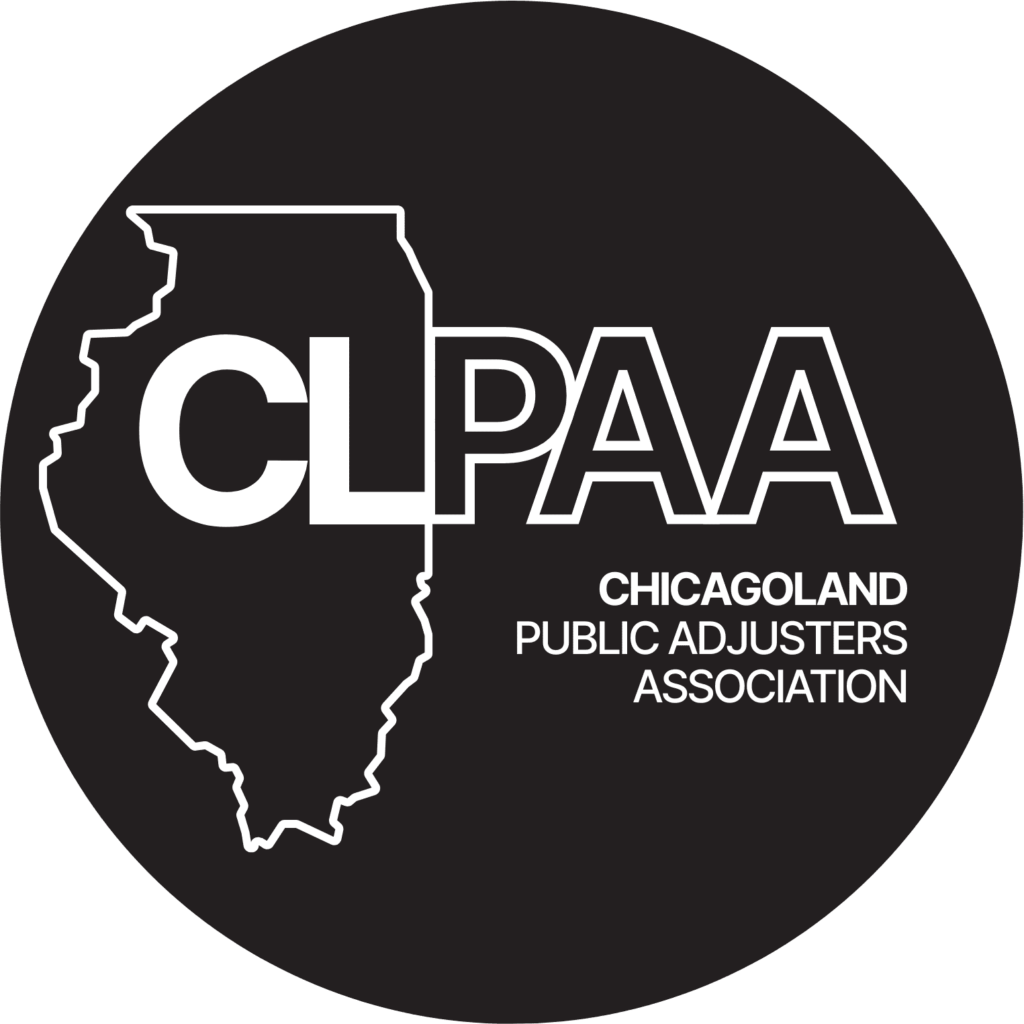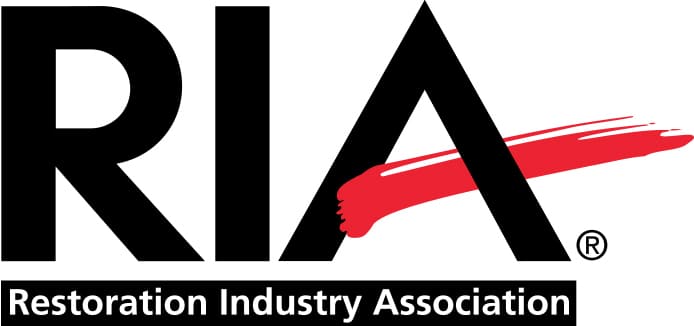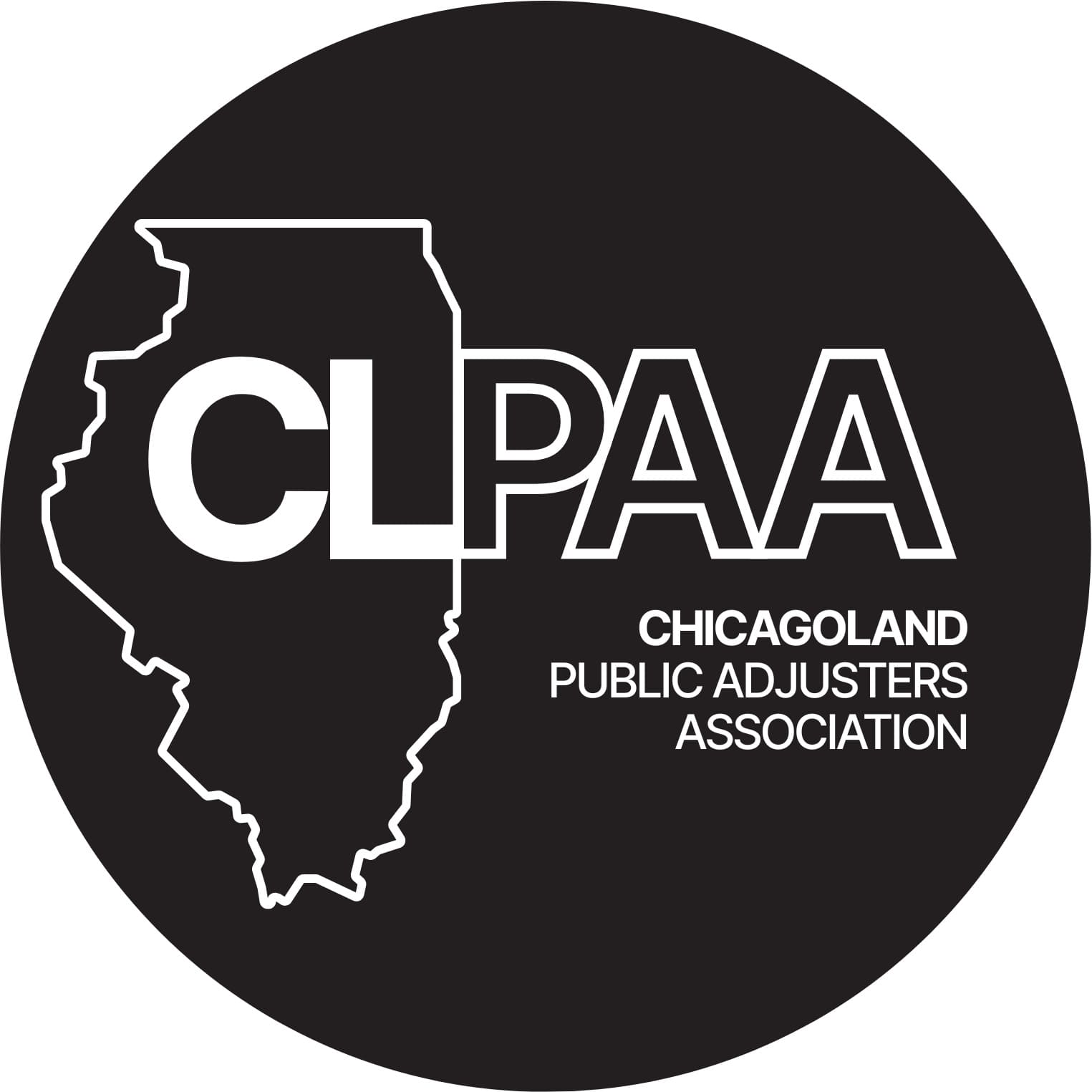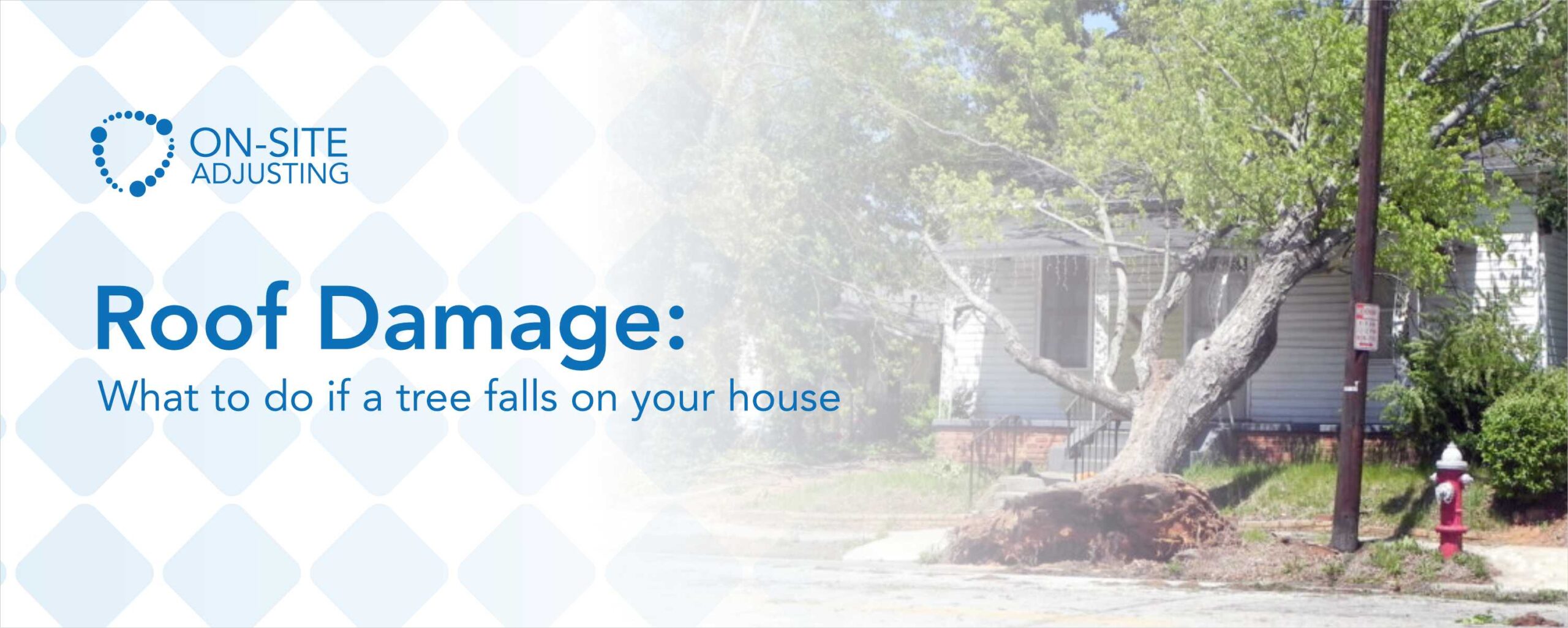
Few experiences are as unnerving as discovering that a tree fell on your home, particularly on the roof. The damage is often extensive and costly. Roof damage from a fallen tree can compromise your home’s structural integrity. Furthermore, it puts the safety of your family and possessions at risk.
Keep reading to learn what to do if a tree falls on your roof. We will walk you through immediate steps to take and how to recognize a damaged roof. Additionally, we will discuss roof damage repair and roof inspections.
What To Do After a Tree Falls on Your Roof
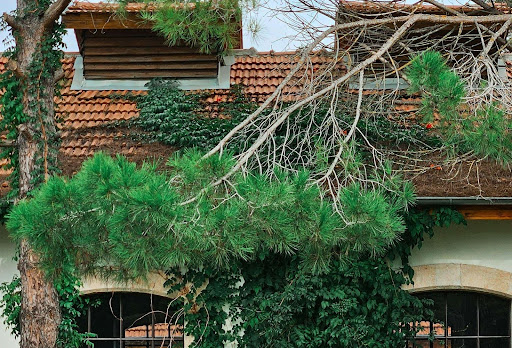
The first moments after a tree falls on your house are crucial. Knowing how to handle the situation can prevent further damage. Here is what you should do after a tree damages your roof:
Ensure Everyone's Safety
The safety of your family should always be your top priority. A fallen tree can compromise the structural integrity of your house. The tree’s weight can weaken walls, ceilings, and foundations. This creates the potential for collapse. If you hear loud cracking noises or see visible sagging in the roof, evacuate immediately. Make sure everyone exits the home calmly and moves to a safe location, preferably away from the house.
Once everyone is safe, you can start assessing the damage. But in no circumstance should you remain inside a building that has experienced structural damage.
Contact Emergency Services
Sometimes, a fallen tree downs power lines or causes a fire hazard due to damaged electrical wiring. In this scenario, it’s essential to contact emergency services right away. Live wires can create a risk of electrocution. Furthermore, exposed electrical circuits can start fires. Emergency responders can quickly assess the situation, shut off utilities, and eliminate any life-threatening risks.
Call a Professional Tree Removal Service
After ensuring your family’s safety and addressing any urgent hazards, it’s time to call a professional tree removal service. Fallen trees are often too large and heavy for homeowners to handle independently. Attempting to remove the tree without the proper tools or knowledge can be dangerous. A professional team will have the equipment and expertise to safely remove the tree from your roof. This minimizes further damage to your home.
Call a Public Adjuster
Many insurance policies cover tree-related damage. This is especially so when a storm causes the tree to fall. It is best to discuss with a public adjuster before filing your claim. This is because public adjusters are masters of the claims process and insurance policies. They can expedite the process of filing and negotiating. More importantly, they can help you get the highest possible settlement.
Feeling stuck with your claim? You don’t have to fight alone.
Reach out to us — we will review your claim for free and help you understand your options
Notify Your Insurance Company
Contacting your insurance company is what kickstarts the claims process. Therefore, the sooner you report the incident, the faster they can begin processing your claim. Insurance adjusters will typically visit your home to assess the damage. Document the incident thoroughly with photographs and notes before any cleanup or repairs begin. Additionally, ensure your public adjuster is around for the assessment process.
How Do I Know My Roof Is Damaged?
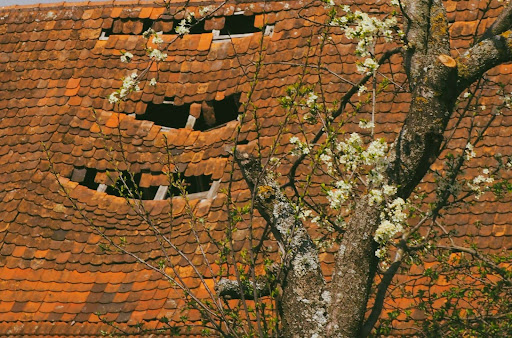
Roof damage isn’t always immediately apparent. This is especially so if the tree didn’t cause obvious destruction. However, even subtle signs of damage can lead to major problems over time. Here’s how to tell if your roof is compromised:
Visible Structural Damage
The most obvious sign of roof damage is broken or missing shingles. Look out for large branches sticking out of the roof. There may also be gaping holes where the tree has punctured the structure. Sometimes, the tree may not entirely penetrate the roof. However, the heavy tree limbs can cause significant harm to the roof deck. They may also damage flashing and gutters.
Additionally, check for daylight shining through any part of your attic or large gaps in your roofing material. In this case, it means the tree has damaged your roof. This requires immediate attention to prevent further exposure to the elements.
Leaking Ceilings and Water Damage
One of the less immediate but equally concerning indicators of roof damage is water leakage. A tree falling on your roof can shift or displace shingles. This creates gaps where water can seep into your home. After a tree falls, check for water stains on ceilings or walls and bubbling or peeling paint. Also, look out for damp areas in the attic. If left unchecked, water intrusion can lead to mold, rot, and weakened structural integrity.
If you see water pooling or dripping from ceilings, it’s a sure sign that the tree damaged your roof. Placing buckets to catch the water is a temporary fix. However, you’ll need a roofing professional to address the underlying problem quickly.
Sagging Roofline
A sagging roof is another clear indication of roof damage. The tree’s weight can shift the roof framing or compromise the support beams. When this happens, you’ll likely notice a dip or sag in the roofline. This is especially dangerous because it could mean that sections of the roof are in danger of collapsing. Any noticeable sagging requires immediate attention from a structural engineer or roofing contractor.
Cracks in Walls or Ceiling
Sometimes, the force of a falling tree doesn’t just damage the roof. It can also affect the overall structure of the house. Large trees can exert so much pressure that walls shift or ceilings crack. Inspect your home for any new cracks in walls, ceilings, or the foundation after a tree fall. These signs could indicate that the structure has moved or settled unevenly, necessitating more extensive repairs beyond just the roof.
Does Insurance Cover Roof Damage?
Standard homeowner’s insurance policies usually cover roof damage resulting from a fallen tree. This is especially so if covered perils such as storms cause the tree to fall. Insurance policies typically pay for the cost of removing the tree and repairing or replacing the damaged roof. Your policy may also cover additional damage such as water damage from a compromised roof.
Nevertheless, you should not assume that your insurance policy covers your roof damage. You should thoroughly read your policy and consider the following factors:
Covered Perils
Insurance policies often list specific “covered perils”. These are events or circumstances under which your insurance will cover damages. Commonly covered perils include:
Windstorms
Hail
Lightning strikes
Fire
Snow and ice accumulation
If a tree falls due to one of these covered events, your insurance will usually pay for the damage. However, it’s always essential to check your specific policy language. This will help you understand what perils it covers.
Exclusions and Exceptions
You should be aware of any exclusions or exceptions your policy contains. For example, let’s say the tree was dead, diseased, or not properly maintained. And it fell as a result of its weakened condition. Your insurance company may deny the claim. The insurer may argue that the tree’s fall was due to negligence rather than an unavoidable event. To avoid such issues, always ensure that the trees on your property are healthy and maintained.
Additionally, your policy may exclude certain natural disasters such as earthquakes or floods. Most insurers require you to purchase additional coverage for these events.
Deductibles and Limits
Before your insurance company pays for any repairs, you’ll be responsible for paying the deductible on your policy. Deductibles vary based on the type of damage and your specific insurance agreement. Therefore, you should know how much you have to pay out-of-pocket. Additionally, some policies limit how much they will pay for tree removal or roof repairs. It is best to familiarize yourself with your coverage caps.
How to Repair Roof Damage
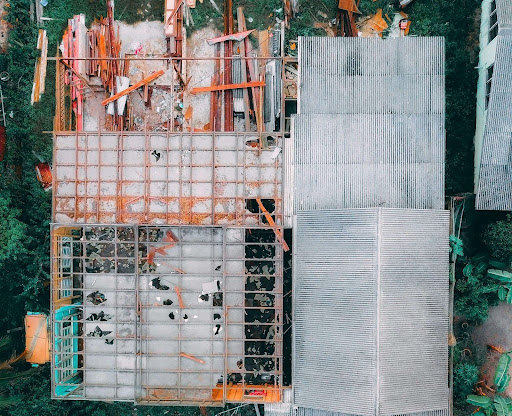
Once professionals remove the tree from your roof, it’s time to focus on repairs. The extent of the damage will determine whether you need repairs or a complete roof replacement.
Assessing the Extent of the Damage
Before any repairs begin, a roofing contractor will assess the full extent of the damage. This includes inspecting the roof’s surface, decking, and structural integrity. Even if the damage appears minor, the contractor will check for hidden issues. For example, hairline cracks or water intrusion that could worsen over time.
If the tree’s impact caused significant structural damage, you may need to involve a structural engineer. They will be able to assess the safety of the entire roof system.
Temporary Repairs
If the extensive repairs will take a while, you may need to opt for temporary fixes. You can try installing a tarp over the damaged portion of the roof. A tarp can prevent water from entering the house and causing additional damage. This gives you time to arrange for more permanent repairs without worrying about further exposure to the elements.
Permanent Repairs and Roof Replacement
The extent of the damage will determine the type of repair needed. For minor damage, contractors will likely replace broken or missing shingles. They will also patch any small holes in the roof. If a large portion of the roof suffers damage, contractors will carry out more extensive repairs.
In some cases, the damage is so severe that you need to replace your roof. This process involves removing the existing shingles and underlayment. Contractors will replace any damaged decking, and install new roofing materials. A complete replacement is often the best option for ensuring long-term protection and durability.
Inspect for Hidden Damage
Even after they complete repairs, it’s essential to check for hidden damage. The force of a tree falling on a roof can cause issues that aren’t immediately visible. Examples are cracks in the attic or damage to insulation. A thorough inspection of the attic, rafters, and insulation ensures that no unseen problems will cause issues down the road.
How Often Should I Do a Roof Inspection?
Regular roof inspections help prevent serious damage and extend your roof’s lifespan. This is because they help you identify minor problems before they turn into major repair needs.
Annual Roof Inspections
Ideally, homeowners should schedule a roof inspection at least once a year. Fall is often the best time for inspections. This is because you can identify and address any issues before winter. During an annual inspection, look out for loose or missing shingles or damaged flashing. Also, check for sagging and signs of water damage.
Post-Storm Inspections
It’s also crucial to inspect your roof after severe weather events. This includes storms, high winds, hail, or heavy snowfall. Storms can cause damage even if no trees fall. High winds may loosen shingles. Hail can cause small punctures in your roofing material. After any major weather event, perform a quick visual inspection of your roof. If you notice any issues, call a professional for a more thorough assessment.
Professional Inspections
It’s advisable to hire a professional roofer for an in-depth inspection every few years. Professional roofers can identify problems that the untrained eye might miss. These professionals will also be able to safely inspect hard-to-reach areas. Examples are your chimney and roof valleys. This ensures that every part of your roof is in good condition.
Conclusion
You need to be proactive after a tree falls on your roof. Moving quickly can avoid permanent damage. It will also help you avoid coincidental damage like water intrusion. Make sure to call in professionals to deal with the fallen tree and your roof. Trying to handle everything yourself can be dangerous.
Additionally, inspect your roof often as a preventative measure. This will help you avoid serious roof damage along the line. It will also ensure your safety and the safety of your family.
If you need a professional contractor and adjuster, try On-Site Adjusting. We handle both your claim and the restoration after. Give us a call today and experience the smoothest claims process you will ever have.

